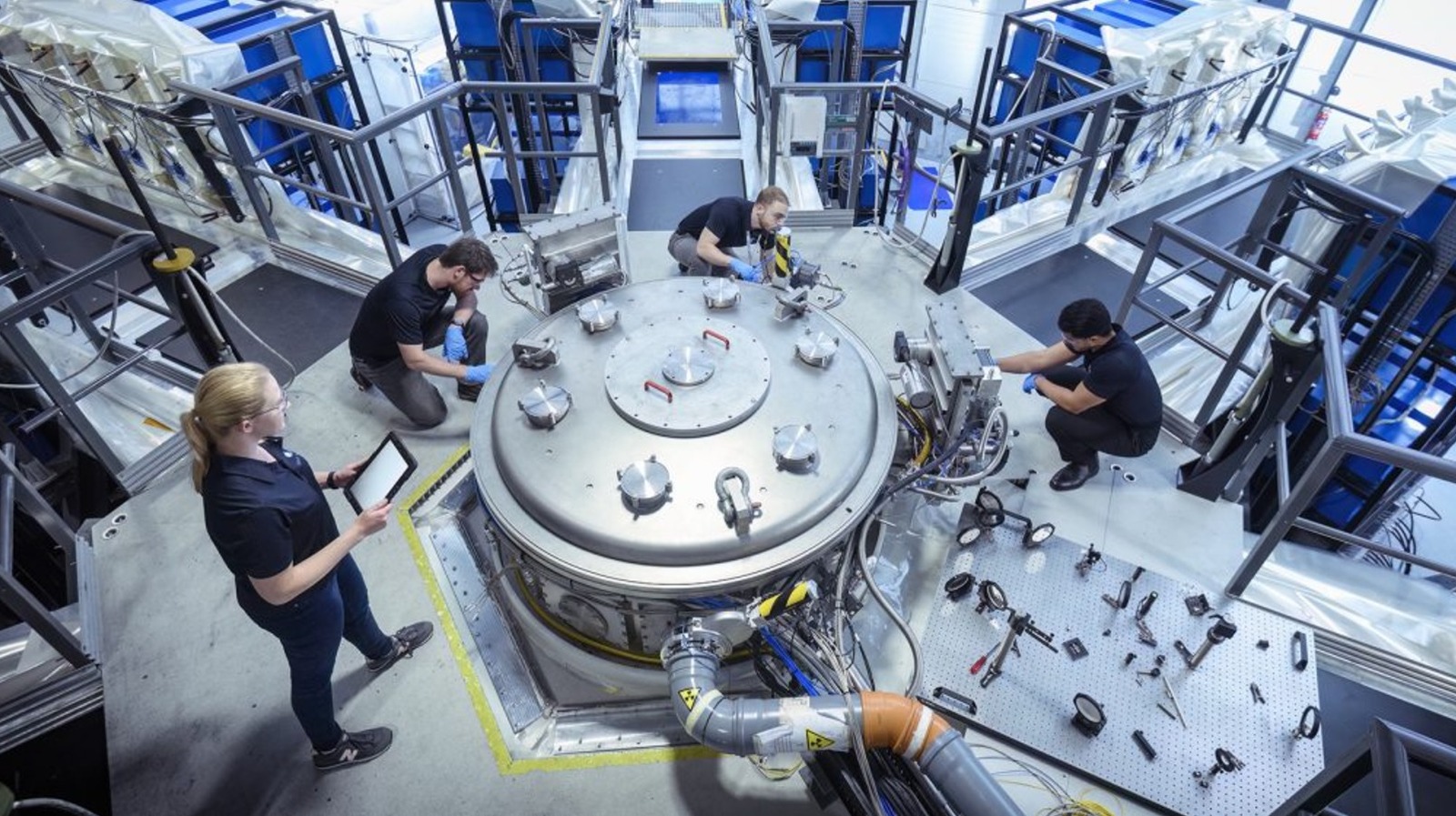A significant advancement in fusion energy has emerged from the United Kingdom, where the company First Light Fusion (FLF) has developed a groundbreaking method for achieving “high gain” inertial fusion. This achievement marks a crucial step toward creating a commercially viable fusion reactor, a long-sought goal in the quest for sustainable energy.
Fusion power relies on the heat generated during nuclear fusion reactions, a process where two light atomic nuclei merge to form a heavier nucleus, releasing vast amounts of energy. The potential of fusion energy lies in its ability to provide near-limitless power, which could significantly reduce reliance on fossil fuels and address climate change by lowering greenhouse gas emissions. Until now, practical fusion reactors have remained elusive, although research has progressed steadily over the years.
First Light Fusion has introduced a process known as FLARE (Fusion via Low-power Assembly and Rapid Excitation), which promises to achieve a gain factor of 1,000. This contrasts sharply with previous experiments, such as those conducted by the U.S. Department of Energy’s National Ignition Facility, which achieved a gain of just four in May 2025. The increase in gain is pivotal; it signifies that the fusion reaction can produce more energy than it consumes, a benchmark that has long been the “Holy Grail” of fusion research.
The FLARE technique separates the processes of compressing and heating the fuel. The initial compression generates a surplus of energy through a method called “fast ignition.” This innovative approach is the first practical application of a concept that had been theoretically discussed but remained beyond reach until now. According to FLF’s white paper, one kilogram of fuel has the potential to release as much energy as ten million kilograms of coal, substantially outpacing conventional energy sources.
Achieving ignition, the point at which a small fuel source reaches the necessary temperature for fusion—approximately 100 million kelvin (179,999,540 degrees Fahrenheit)—is a complex challenge. The heat required exceeds that of the sun, necessitating considerable initial energy input. However, the prospect of self-sustaining fusion indicates that the initial energy cost could be outweighed by the substantial energy output.
If the FLARE process functions as theorized, it could pave the way for numerous fusion reactors capable of powering the globe. This advancement shifts the narrative from uncertainty surrounding fusion power to a more optimistic outlook regarding its potential to become a practical energy source. The recent breakthroughs in fusion research by First Light Fusion and other entities suggest that the dream of sustainable fusion energy may be closer to realization than previously thought.
While this achievement is monumental, it is essential to recognize that it is only one step on the long journey toward the establishment of operational fusion power plants. The implications of such technology could dramatically alter the energy landscape, providing a cleaner, more efficient alternative to existing non-renewable resources. As research continues to evolve, the global community watches closely, hopeful for a future where fusion energy plays a central role in meeting the world’s energy demands.







